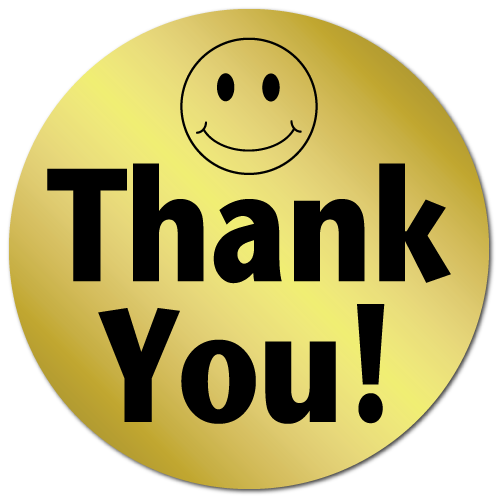MGT 300 CHAPTER 7 : STORING ORGANIZATIONAL INFORMATION - DATABASES
LEARNING OUTCOMES :
- Define fundamental concepts of the relational databases model
- Evaluate the advantages of the relational database model
- Compare relational integrity constrains and business-critical integrity cinstrains
- Describe the benefits of a data driven Websites
- Describe the two primary methods for integrating information across multiple databases
- RELATIONAL DATABASES FUNDAMENTALS
- Information is everywhere in an organization
- Database is the maintains information various types of objects, events, people and places.
- Databases models include :
- HIERARCHICAL DATABASE MODEL

- Information is organized into tree-like structure which is using parent/child relationship in such a way that it cannot have many relationship.
2. NETWORK DATABASE MODEL

- A flexible way of representing objects and their relationship.
3. RELATIONAL DATABASE MODEL

- Stores information in the form of logically related two-dimensional tables
- ENTITIES AND ATTRIBUTES
- Entity - is a person, place, thing, transaction, or event about which information is stored
2. Attributes ( fields, columns ) - is the characteristics or properties of an class
*The columns in each table contain the attributes
- KEYS AND RELATIONSHIPS
-Primary keys and foreign keys identify the various entity classes (table) in the database.
* Primary key : a field or group of fields that uniquely identifies a given entity in a table
*Foreign key : is a primary key of one table that appears an attribute in another table and acts to provide a logical relationship among the two tables.
-Potential relational databases for coca-cola
 |
- RELATIONAL DATABASE ADVANTAGES
-Database advantages from a business perspective include :
- Increase flexibility
- A well designed database should :
*Handle changes quickly and easily
*Provide users with different views
*Have only one physical view
-Physical view : deals with the physical storage of information on a storage of information
*Have multiple logical view
-Logical view : focuses on how users logically access information
- A database must scale to meet increased demand while maintaining acceptable performance levels
*Scalability : refers to how well a system can adapt to increased demands
*Performance : is measures how quickly a system performs a certain process or transaction.
3. Reduce information redundancy :
- Databases reduce information redundancy.
* Redundancy is the duplication of information or storing the same information in multiple
4. Increased information integrity or quality :
- Information integrity is to measures the quality of information
* Integrity constraint is the riles that help ensure the quality of information
*Relational integrity constraint is the rule that enforces basic and fundamental information based constraint
*Business critical integrity constraint is the rules that enforce business rules vital to an organization's success and often require more insight and knowledge than relational integrity constraints
5. Increased information security :
- Information is an organizational asset and must be protected.
* There are several security features including :
1) PASSWORD : provides authentication of the user
2) ACCESS LEVEL : determines who has access to the different types of information
3) ACCESS CONTROL : determines types of users access, such as read only access.
- DATABASE MANAGEMENT SYSTEMS (DBMS)

- DATA-DRIVEN WEBSITE

- DATA-DRIVEN WEBSITES BUSINESS ADVANTAGES
- INTEGRATING INFORMATION AMONG MULTIPLE DATABASES
-Integration : is allows separate systems to communicate directly with each other
* Forward integration : takes information entered into a given system and sends it automatically to all downstream systems and process
* Backward integration : takes information entered into a given system and sends it automatically to all upstream systems and processes
- Forward integration

- Backward integration

- Building a central repository specifically for integrated information






Comments
Post a Comment